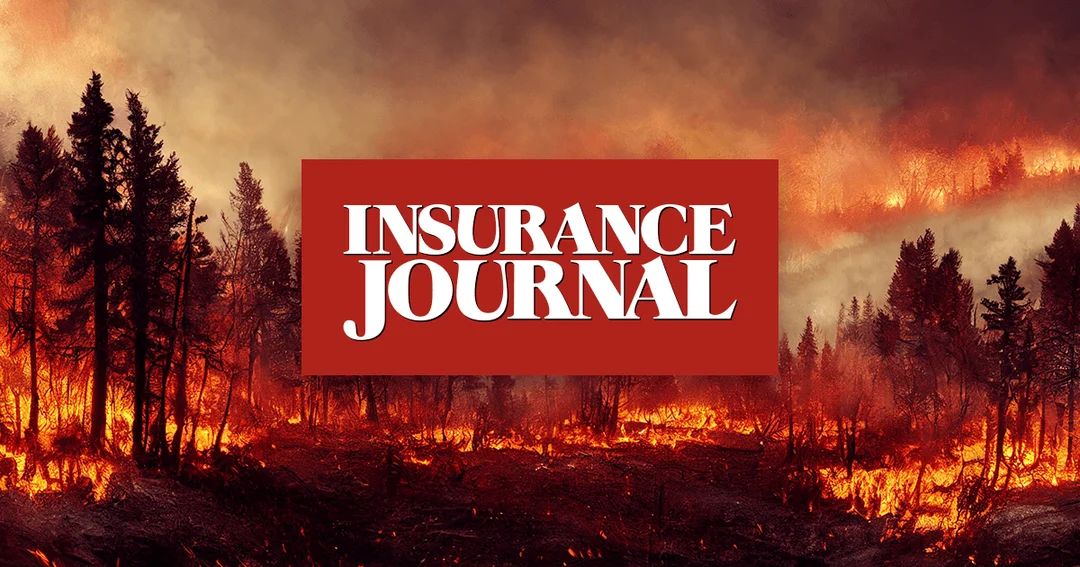
Can California’s First Wildfire-Resilient Neighborhood Hold the Key to Safer Homes?
In the face of escalating wildfires across California, a groundbreaking development is challenging the status quo of home building. Dixon Trail in Escondido has emerged as the nation's first purpose-built wildfire-resilient neighborhood, offering a glimpse into how housing might adapt to climate threats. As wildfires become more frequent and destructive, this innovation could reshape safety standards for millions living in fire-prone areas, prompting urgent questions about affordability and policy.
Developed by KB Home, Dixon Trail features 64 homes constructed with advanced fire-resistant materials. Double-paned tempered glass windows, flame-resistant stucco, and steel privacy fences replace traditional flammable elements, while gravel moats and buffers minimize ember spread. Steve Ruffner, KB Home's regional manager, highlighted the appeal: "Buyers want to feel safe in their homes, and this is a real plus for them." This design meets the Insurance Institute for Business & Home Safety's "Wildfire Prepared" standards, a certification akin to organic labeling for produce, marking the first time an entire neighborhood has achieved this.

However, retrofitting existing homes presents a steeper challenge. A 2024 report by Headwater Economics estimates costs between $2,000 and $100,000 per home, involving upgrades like ember-proof vents and non-combustible roofs. Yana Valachovic, a fire expert from the University of California, urges a mindset shift: "Fuels management and home hardening are just as important as a remodeled kitchen." California's $117 million Wildfire Mitigation Program is addressing this through pilot retrofits in vulnerable areas, having already hardened 21 homes in places like Lake County. Yet, bureaucratic hurdles, such as sourcing specialty materials and navigating permits, inflate expenses and delay progress.
The broader context includes legislative efforts, like the California Safe Homes Act, which aims to fund fire-safe roofing and defensible spaces to boost insurance access amid rising premiums. As insurers demand upgrades or risk policy cancellations, communities like Marin County are stepping up with grants, while Berkeley enforces "zone zero" regulations for non-combustible buffers. These measures highlight a growing recognition that individual actions alone aren't enough; community-scale resilience is essential.

Ultimately, Dixon Trail symbolizes a proactive response to wildfire risks, but it raises critical questions: Can these standards become widespread without overwhelming homeowners financially? As California grapples with this, the potential for safer, more insurable homes is clear, yet implementation remains a work in progress.
In summary, this neighborhood's innovations could transform how we build in fire-vulnerable regions, emphasizing prevention over reaction. What do you think—will wildfire-resilient designs become the new norm? Share your views in the comments and help spread this conversation.